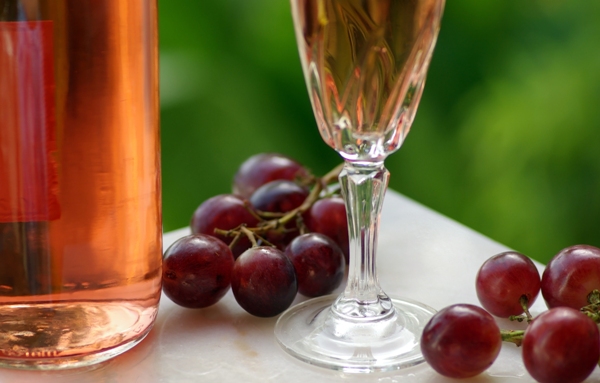Legend has it that the Greek god Dionysus (known by the Romans as Bacchus), the god of the grape harvest, wine making and wine, brought pleasure to mankind and wine to Sicily. While the origins of the legend will never be known, the thousands of years on wine production on Sicily cannot be disputed. The climate and soil of the island is ideal for growing grapes and many farmers have small-scale vineyards, producing at least enough for their own and their family’s needs.
The wines produced from grapes grown on the fertile volcanic soil of Mount Etna have long been celebrated and many other varieties of grape are now cultivated. In fact the diversity of wines coming from Sicily has made the island a popular destination for wine lovers. Visitors can follow a wine trail across the island, exploring some of the different traditions and techniques associated with Sicilian wine but most importantly, tasting the fruits of the island’s famous vineyards.
Perhaps the most famous of all Sicilian wines is Marsala wine and its historic links with Britain are strong. 18th-century traders such as Woodhouse, Ingham and Whitaker became very wealthy by exporting Marsala wine to Britain and the United States. They fortified the local wine with alcohol to preserve it during its often lengthy and unpredictable sea journey back to England and across the Atlantic. This was hugely successful and their business empires grew until Italian tycoon Vincenzo Florio bought much of the land around Marsala and took over the profitable operation. It was also extremely popular with the Royal Navy and Admiral Nelson himself placed an order for the wine on one of his journeys. If you visit the Cantine Florio in Marsala you can see Nelson’s original order for wine (it’s framed and displayed on a wall). For a while after the Battle of Trafalgar Marsala wine was known in the navy as ‘Victory Wine’.
Nelson was made Duke of Bronte by the grateful Italian king in 1799 and he was given the castle and estate of Maniace on the slopes of Mount Etna. Although he never visited Maniace in the remaining six years of his life, the land and title passed down the Nelson bloodline and his descendants the Bridports did take care of the property until the land was redistributed in the 1960s and the castle finally sold in 1981 to the local town.
You can visit the house today, which has barely changed since the Bridports left it over 30 years ago. There’s memorabilia from Nelson and his family, including family portraits and furniture. The most striking artefact is a decanter and set of glasses used by Nelson before the Battle of Trafalgar. In the courtyard there’s a Celtic cross which was erected in the late 19th century as a memorial to “the Immortal Hero of the Nile”. There’s also a church which dates back to the Norman times of the 12th century. It’s a small museum, but a fascinating and little-known element of British history in a not-so- faraway land.





